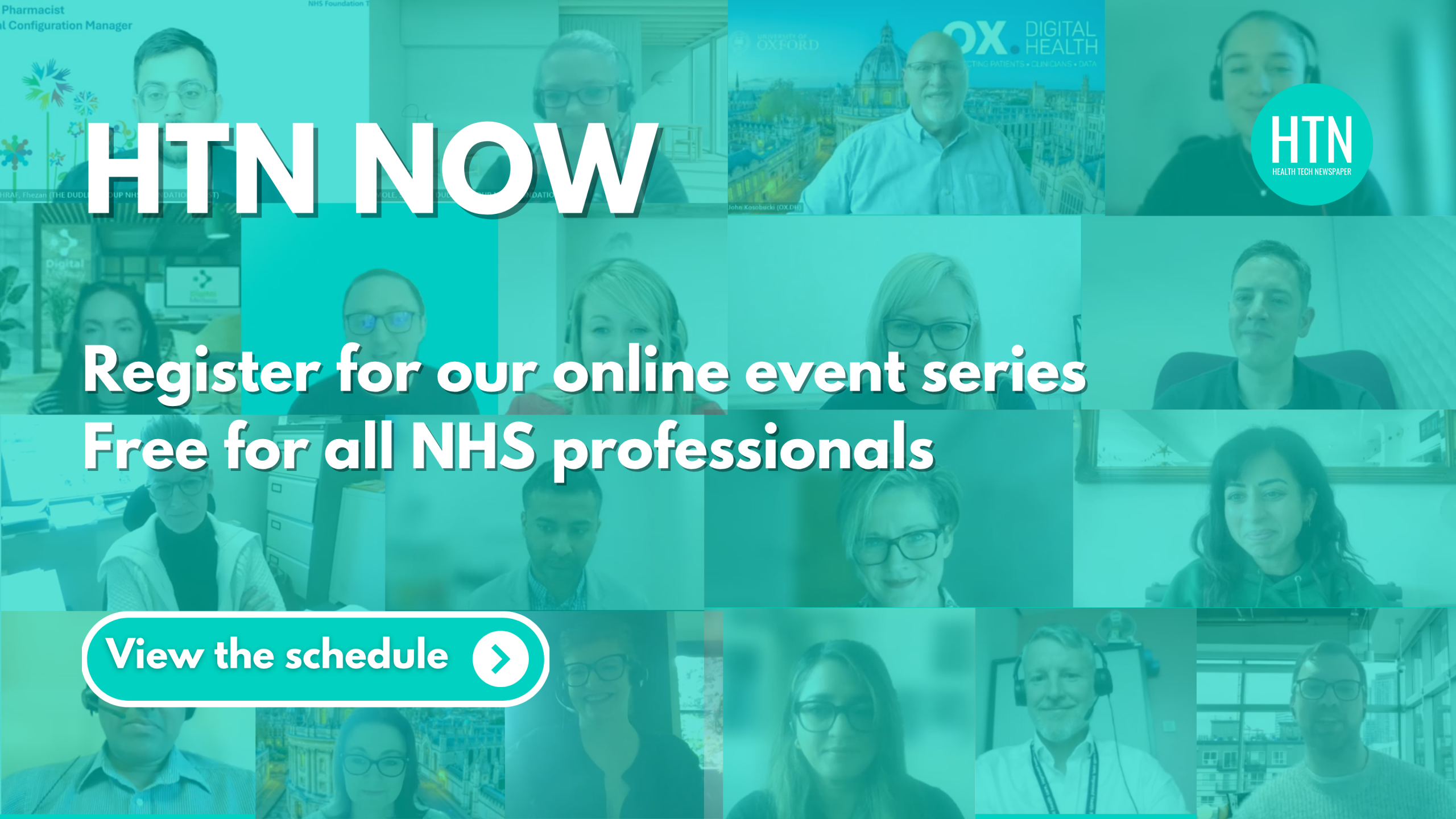The UK government has published its Fit for the Future: The 10 Year Health Plan for England, aiming to “build a truly modern NHS”, with focus on moving from hospital to community, analogue to digital and sickness to prevention.
The plan notions a new operating model, a new era of transparency, a new workforce model with staff aligned to the direction, a reshaped innovation strategy, and a different approach to NHS finances.
AI, technology and digital tools play a key role in realising the ambitions in the plan, with the UK government signalling the intention for patients to gain “real control through a single, secure and authoritative account of their data and single patient record” aiming to deliver more co-ordinated, personalised and predictive care.
NHS App
The NHS App plays significant focus, with a target of 2028 to provide: instant advice for non-urgent care, help finding the most appropriate service first time and choosing a preferred provider, booking directly with specialists, managing medicines and vaccines, managing long term conditions, providing support via an AI My Companion tool, and supporting two-way communications. The roadmap looks to support continuous monitoring, and to introduce a ‘HealthStore’ in to the App, said “to enable patients to access approved digital tools and apps to manage or treat their conditions”.
Community, neighbourhood health and primary care
On moving care to the community and a neighbourhood health service, the plan outlines an aim to fully digitally enable the neighbourhood health service, with funding from a reduction in hospitals’ share of total NHS expenditure. The plan sets a target by 2035, that “the neighbourhood health service will have further evolved to fully incorporate genomic data, digital tools and technology”. Here, the government focuses on prevention, outlining that care should happen “as locally as it can: digitally by default, in a patient’s home if possible, in a neighbourhood’s health centre when needed, in a hospital if necessary”.
The move aligns with a focus to provide “more capacity in primary care”, as well highlighting a focus on digital and AI in supporting primary care efficiency. It states “in the next 2 years, we will support providers to roll out technology to cut unnecessary administrative and clerical work. Ambient voice technology, digital triage and the Single Patient Record will end the need for tasks like clinical note taking, letter drafting and manual data entry”.
The plan also states, “where the traditional GP partnership model is working well it should continue”, however it goes on to note an alternative, to encourage GPs to work over larger geographies by leading new neighbourhood providers. This will see the introduction of 2 new contracts, the first to create ‘single neighbourhood providers’ that deliver enhanced services for groups with similar needs (c.50,000 people). The second will create ‘multi-neighbourhood providers’ (250,000+ people), working across several different neighbourhoods.
Here, the plan also highlights an ambition for patients to receive specialist care at home, setting an aim to “ensure the NHS can provide GP and consultant-led elective services virtually through the NHS App”.
Digital trusts and AI
For NHS trusts, the plan sets by 2035, the ambition is that every NHS provider should be a foundation trust, with “freedoms including the ability to retain surpluses and reinvest them, and borrowing for capital investment”. The plan also notes to trial a ‘patient power payments’ programme, where patients are contacted after care and given a say on whether the full payment for the costs of their care should be released to the provider.
On transparency, the plan states to publish “easy-to-understand league tables, starting this summer, that rank providers against key quality indicators”. For finances, the plan intends to “introduce multi-year budgets and require NHS organisations to reserve at least 3% of annual spend for one-time investments in service transformation”.
The plan points towards a standard and routine approach to patient-initiated follow for all clinically appropriate pathways by 2026. “Over the course of the plan, we will use the NHS App to further expand this approach”, it states. This will also see patients provided the ability to update their clinicians directly on their condition.
For technology in clinical services, the plan highlights using ambient AI to support note-taking in appointments and for discharge summaries. Here, the plan adds that “this will free up and support NHS staff to do what they know best and focus on the patient. We will expect the NHS to partner more effectively with the health tech industry in this endeavour. All hospitals will be fully AI enabled within the lifetime of this plan.”
This year for AI, the focus will be on reviewing current regulations, with a new regulatory framework for medical devices including AI to be published in 2026. Over the next three years, investment will be made in AI infrastructure, with an NHS AI strategic roadmap to be developed and implemented, and the rollout of AI upskilling programmes for the workforce to support an ambition for “all NHS staff to be AI trained”. Starting in 2027, validated AI diagnostic and administrative tools will be rolled out NHS-wide.
Single Patient Record
Further details of the Single Patient Record have been shared to “operate as a patient passport”. To make this possible, “new legislation will place a duty on every health and care provider to make the information they record about a patient available to that patient”. The plan continues: “We will also legislate to give patients access to their SPR by default. Subject to parliamentary time, our ambition is that from 2028, patients will be able to view it, securely, on the NHS App. Over time, that data will include not only medical records, but also a personalised account of health risk, drawing from lifestyle, demographic and genomic data – to help personalise the NHS’ service offer and to support individual behaviour change.”
Innovation, workforce and immediate focus
To deliver innovation to drive healthcare reform the plan adds that the NHS has “focused too much on lowest cost, rather than best value and outcomes”, with the government setting out the need for “a fundamentally different approach to procurement”, with a standard value-based procurement guidance for devices and digital products expected early in 2026 and products to be procured once nationally and then made available through an internal marketplace. Barriers to innovation are highlighted, such as lack of direction on strategic aims, the NHS’s reputation as “a poor and unwilling partner”, a lack of incentives for innovation, and a failure to “reliably apply streamlined and proportionate regulation to new products”.
The plan notes the immediate need for data to deliver impact, interoperable health data, AI algorithms for admin and support, the raw material for genomic discovery to deliver personalised prevention and precision care, and for wearable insights to support interventions and monitoring.
For the workforce the plan highlights the need to ensure staff have the skills they need in a digitally enabled NHS and sets an objective to give the “NHS the most AI-enabled workforce in the world, staff will be AI trained, digitally confident and have skills in modern leadership, transformation and innovation”.
Operating model and commissioning
To realise the ambitions from an operations model, the plan states the move to combine the headquarters of the NHS and the Department of Health and Social Care, to reduce central headcount by 50%. It notes to make ICBs the strategic commissioners of local healthcare services and support a system of earned autonomy, with a priority to address underperformance in areas with the worst health outcomes.
Integrated care boards will oversee transformation at scale and be strategic commissioners of local health services. The plan notes that every ICB will need excellent analytical capability to be guided by population health data; have a strong strategy function, including staff with good problem-solving and analytical skills; capability in partnership working and an understanding of value-based healthcare; intelligent healthcare payer understanding, to support a focus on value for money; and user involvement functions, to ensure services meet the needs of communities.
Vision for the future of healthcare
The plan summarises with a vision of the future of healthcare for “every patient’s complete health record, including genomic data and real-time insights from wearables, will be securely accessible by them and their authorised clinicians, no matter where they are in the NHS”.





